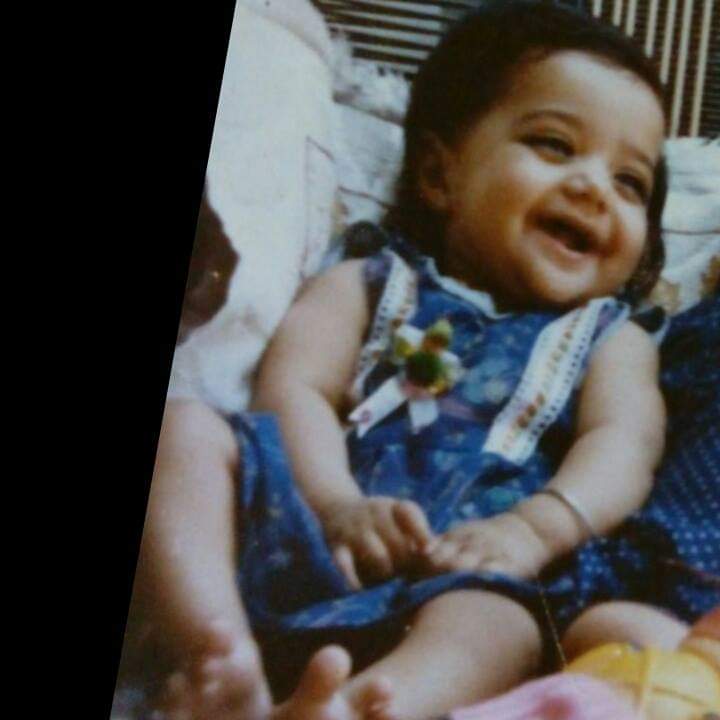Does the implementation of National Rural Livelihoods Mission really help in transforming lives of women in the country? Critically Analyse (200 Words)
Refer - Financial Express
Enrich the answer from other sources, if the question demands.

IAS Parliament 5 years
KEY POINTS
Importance of NRLM
· The National Rural Livelihoods Mission (NRLM), implemented by the ministry of rural development with financial support from the World Bank, promotes SHGs amongst poor rural women.
· These groups require women to save small amounts ranging from Rs 10-20 every week, supporting internal loans to group members.
· However, small savings and loans can have only a limited impact on the extreme poverty of these women, many of who live in mud houses without access to running water, and on very low incomes.
· Institutional changes that ensure a role for SHGs are required, and the government is slowly initiating such changes, vesting these “institutions of the poor” with responsibility for overseeing welfare programmes, local government institutions such as schools, and village governments.
· More importantly, NRLM also explicitly addresses the capabilities of rural women. In each village, “active women,” with higher levels of schooling and leadership potential, are identified and trained with the set of skills required to ensure the sustainability of SHGsskills such as book-keeping, social and group management skills, business management, and financial literacy, that many of us take for granted.
· Once trained, members of this “community cadre” assume the responsibility of training other SHG members.
Criticisms
· This federated structure of institutions of the poor bridges caste and geographical divides, bringing together women to confront social conflicts.
· They are not democratic; generally, the most active and outspoken women, with higher social standing and education, are nominated to leadership positions.
· But, in villages where these institutions are functioning well, the programme is changing the nature of civic society.
· With regard to reach, data from the ministry’s Management Information System (MIS) suggest that approximately half (63%) of target households (those meeting at least one of seven deprivation criteria as per the Socio-economic Caste Census of 2011) are members of SHGs supported by the Mission.
· This relatively low percentage reflects variation across states in the year in which the programme was started. The percentage is significantly higher in states such as Bihar and Jharkhand (93% in both) where the programme started early, and lower in late-starting states such as Uttar Pradesh (15%).
· But, enhanced reach does not imply that the programme will substantially improve rural incomes and the welfare of women across the country.
· Teacher unions have challenged the authority granted to SHGs in some parts of India to monitor teacher attendance.
· In other states, elected village governments are contesting the authority of SHGs to work in areas that come under their jurisdiction.
Chinna 5 years
Kindly review...thank you...

IAS Parliament 5 years
Good attempt. Keep Writing.

Shantanu tiwari 5 years
Please review

IAS Parliament 5 years
Description on NRLM is not needed. Try to elaborate more on constraints. Keep Writing.
Srinivas 5 years
Plz review

IAS Parliament 5 years
Avoid listing out points and try to explain them along with supporting data. Keep Writing.
Shivangi 5 years
Please review.

IAS Parliament 5 years
Good attempt. Try to include data to support your arguments. Keep Writing.